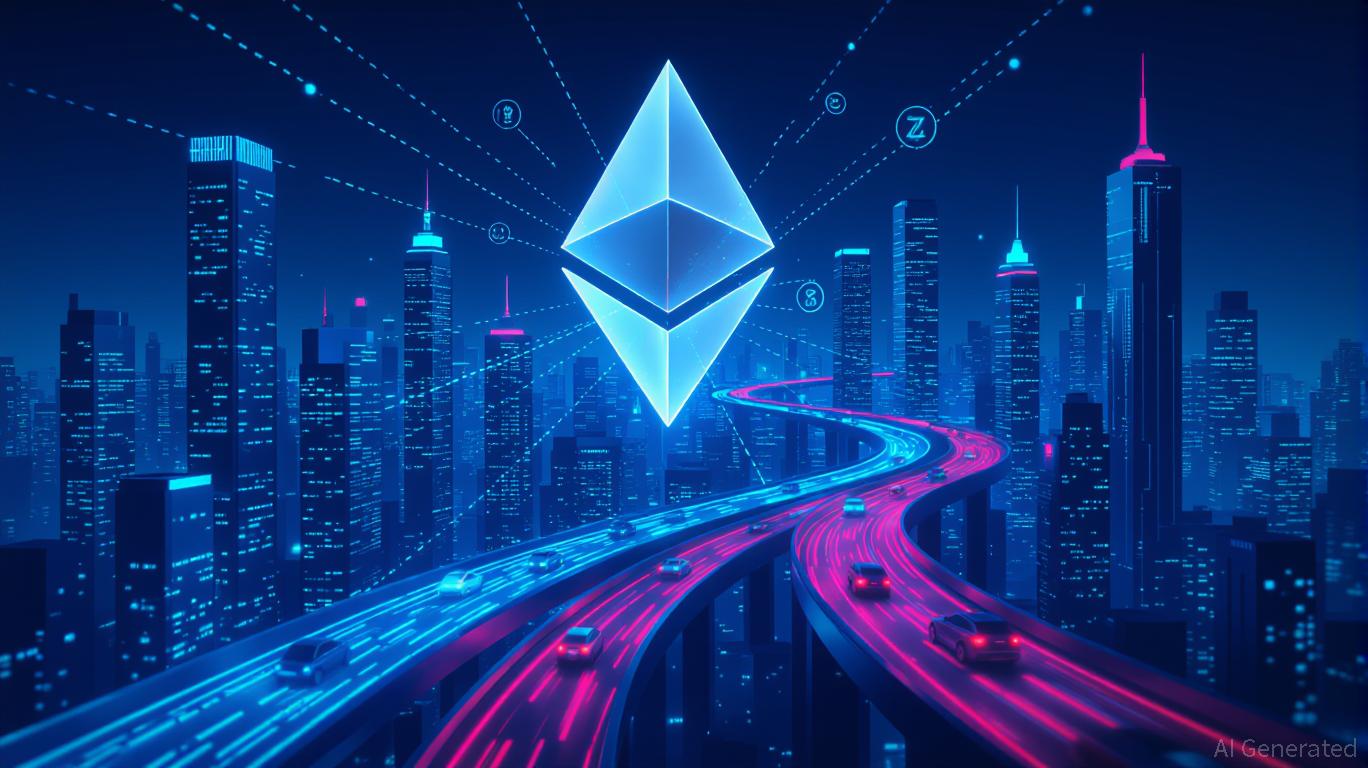As blockchain technology continues to advance, Ethereum’s Layer 2 (L2) solutions have consistently played a crucial role in enabling decentralized applications to scale while maintaining security. However, the recent
ZKsync
Atlas update, along with an uncommon public endorsement from
Ethereum
co-founder Vitalik Buterin, has sparked renewed
enthusiasm
about the platform’s potential to connect Web3’s vision with practical, real-world applications. This milestone is not just a technical achievement—it marks a strategic evolution in Ethereum’s approach, reflecting its commitment to meeting the growing demands for speed, interoperability, and robust infrastructure suitable for institutions.
The ZKsync Atlas Upgrade: A Leap Forward in Technology
Launched in October 2025, the ZKsync Atlas upgrade represents a significant advancement in zero-knowledge (ZK) technology. With the introduction of a high-speed sequencer that can handle more than 15,000 transactions per second (TPS) and reduce transaction confirmation times to just 250–500 milliseconds,
ZKsync has tackled one of Ethereum’s most enduring challenges
: scalability. The Airbender prover, a zkVM built on RISC-V,
cuts proving expenses to nearly $0.0001 per transaction
, making small-value transactions practical and broadening access to decentralized finance (DeFi).
Another major innovation is the zkSync OS, a flexible operating system layer that accommodates various execution environments, including full EVM compatibility. This means Ethereum contracts can run on ZKsync without modification, removing barriers that have previously restricted cross-chain liquidity.
Consequently, this upgrade has made liquidity sharing effortless
between Ethereum’s Layer 1 and Layer 2 networks, addressing the “liquidity silo” issue that has divided DeFi ecosystems.
Vitalik’s Endorsement: Boosting Institutional Trust
Vitalik Buterin’s public commendation of ZKsync—describing its progress as “underrated and valuable”—has elevated the importance of the Atlas upgrade beyond just technical communities.
Buterin’s support is more than just a gesture
; it has triggered a notable increase in institutional engagement. For example, Deutsche Bank is said to have adopted ZKsync for cross-chain settlements, taking advantage of its efficient and cost-effective infrastructure for private transactions.
Likewise, Sony has adopted ZK-based systems
for managing digital rights, utilizing zero-knowledge proofs to maintain compliance while safeguarding confidential information.
This wave of institutional participation is further highlighted by
a 50% surge in the ZK token’s value
after Buterin’s remarks, signaling renewed faith from investors in ZKsync’s future. By aligning Ethereum’s scaling ambitions with the needs of large enterprises, ZKsync is emerging as a bridge between DeFi’s innovative spirit and the efficiency and regulatory standards of traditional finance.
Strategic Impact on Ethereum and DeFi
The effects of the Atlas upgrade go far beyond improved performance.
With 15,000 TPS and transaction finality in under a second
, ZKsync now stands alongside other L2 solutions such as
Arbitrum
and Optimism, while providing distinct benefits in EVM compatibility and liquidity movement. This has encouraged a migration of DeFi projects to ZKsync,
pushing the total value locked (TVL) in ZK networks to $3.5 billion by 2025
.
Additionally, the integration of the ZKsync Gateway—a trustless protocol for cross-chain interoperability—has removed obstacles between Ethereum’s Layer 1 and Layer 2. By enabling instant liquidity transfers, it reduces reliance on bridges, which have historically posed security risks. This change not only boosts market efficiency but also supports Ethereum’s broader vision of a cohesive, multi-layer blockchain system.
Looking Ahead: Fusaka and Future Prospects
Looking to the future,
the upcoming Fusaka upgrade, set for December 3, 2025
, is expected to double ZKsync’s capacity to 30,000 TPS, further strengthening its lead in the Layer 2 space. This progress indicates that ZKsync is not just a temporary solution for Ethereum’s scaling issues, but a key foundation for the next generation of DeFi advancements.
Nonetheless, there are still hurdles to overcome. Regulatory attention on ZK-based privacy tools, especially after the crackdown on Tornado Cash, means ongoing development of compliance-friendly protocols is essential.
The Shielded CSV protocol, which merges ZK-SNARKs
with compliance mechanisms, offers a promising path forward. As
gas
fees on Ethereum’s mainnet have fallen by 70% since 2023, the advantages for both developers and users are increasingly tilting toward ZK-based solutions, fueling a cycle of adoption and investment.
Conclusion
Vitalik Buterin’s support for ZKsync is more than just recognition of its technical achievements—it signals a strategic direction for Ethereum, emphasizing the importance of robust, interoperable Layer 2 solutions. The Atlas upgrade has proven that
ZK
technology can provide the scalability, security, and efficiency needed for both the next wave of DeFi and broader institutional use. For investors, this marks a crucial turning point: an opportunity to support a platform that not only addresses Ethereum’s scalability challenges but also expands the possibilities of blockchain technology.
With the Fusaka upgrade on the horizon and ZKsync’s ecosystem growing, the question is no longer whether Ethereum can scale, but how rapidly the rest of the industry will adapt to these advancements.
